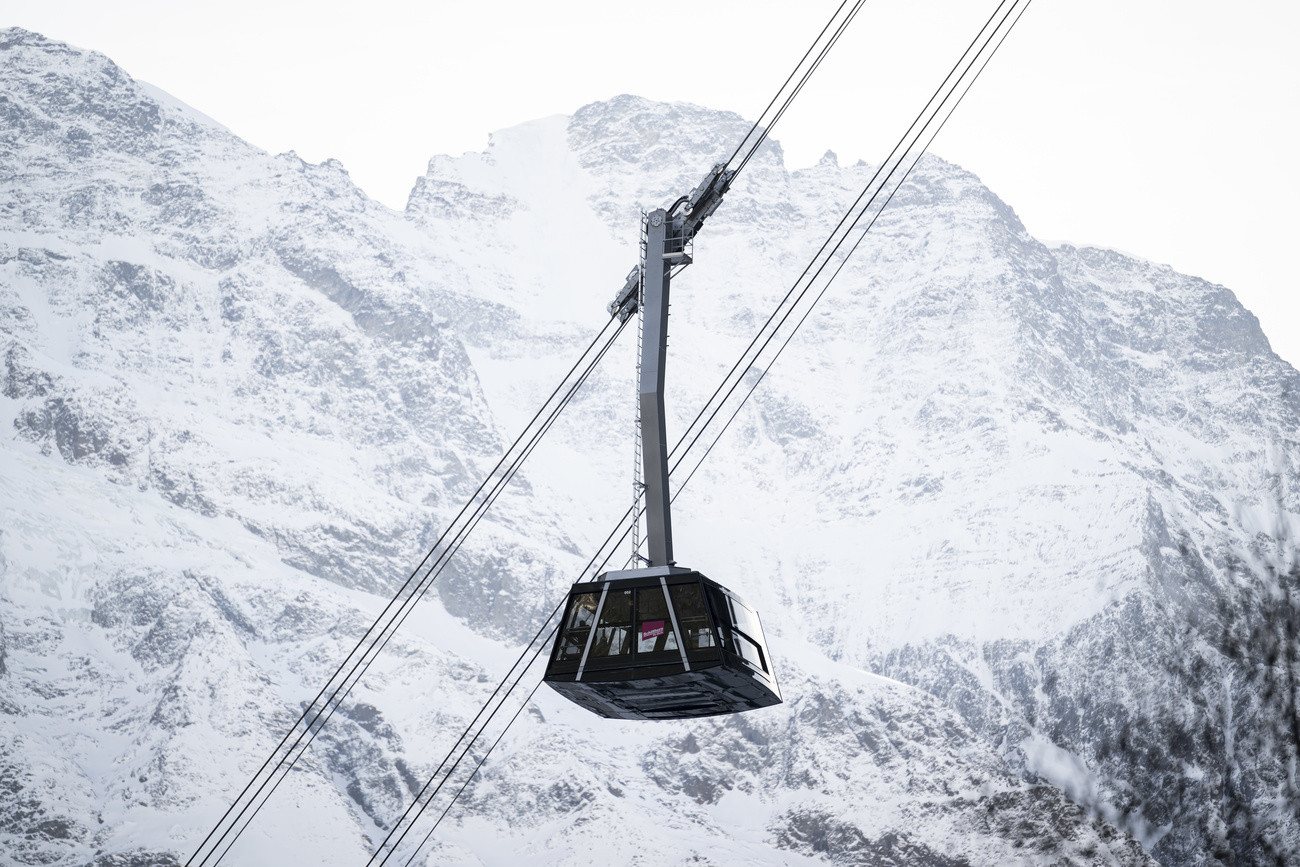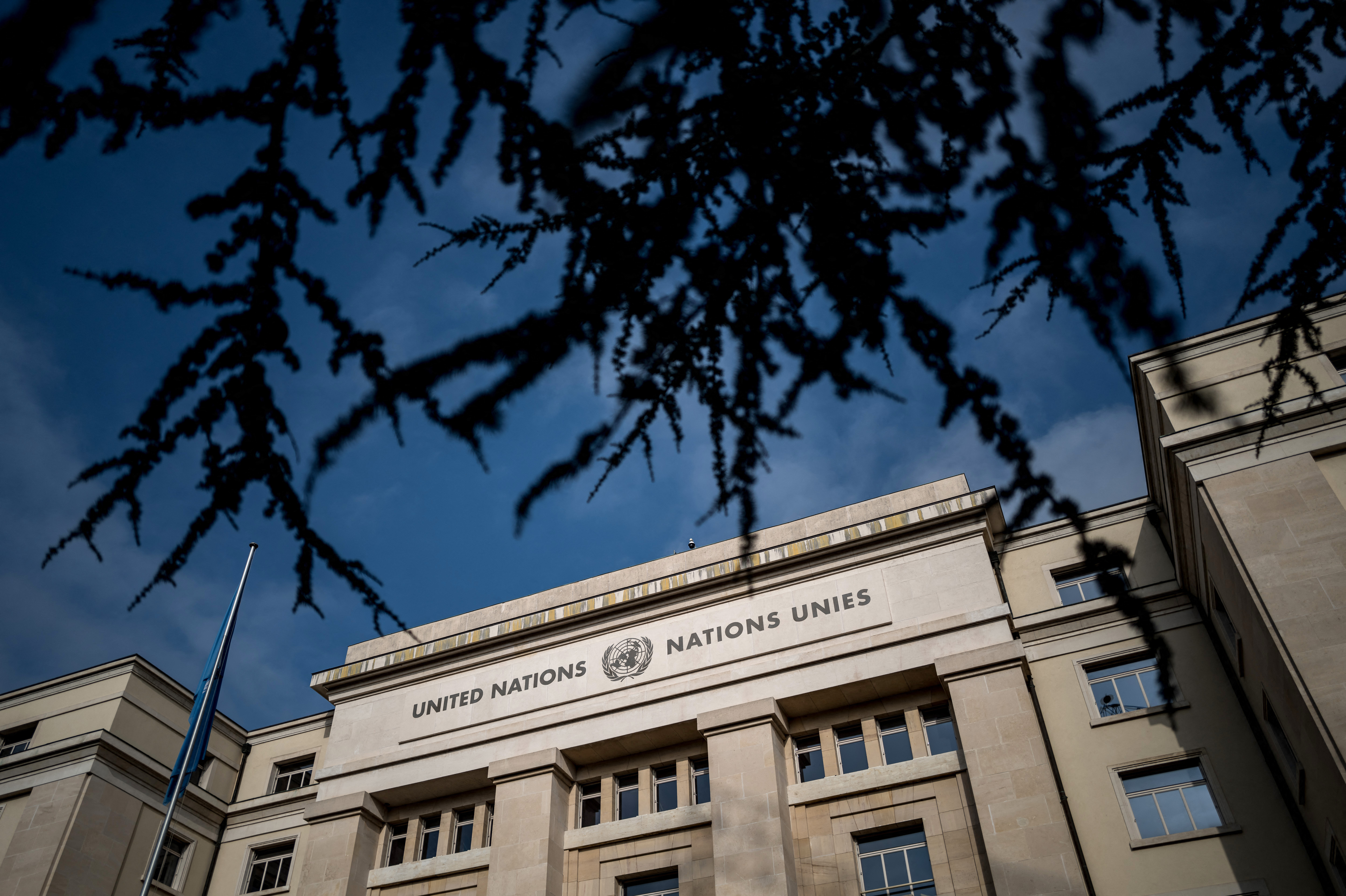
Why melting glaciers affect us all
Alpine glaciers could disappear by the end of the century. The consequences will be felt not only in Switzerland’s mountains but throughout Europe.
That glaciers are melting is nothing new: since 1850, the volume of Alpine glaciers has decreased by about 60%. What is surprising, however, is the rate at which the Alpine “giants” are shrinking.
“The retreat of glaciers is accelerating,” says Daniel Farinotti, a glaciologist at the federal technology institute ETH Zurich, and member of the steering committee of GLAMOS, the Swiss glacier monitoring network.
A study published in 2022 concludes that Swiss glaciers lost half their volume between 1931 and 2016 and a further 12% between 2016 and 2021.
In the hydrological year 2023-2024, 2.5% of glacial mass was lost. Despite the snowy winter, Alpine glaciers retreated at an above-average rate over the past decade, according to the Swiss Academy of Natural Sciences. The warm weather in July and August and the arrival of Saharan dust were especially responsible for the melting.

More
‘It’s sad waving goodbye to a dying glacier’
Following the record high temperatures even at high altitudes, objects and human remains have emerged more frequently in the Alps. In 2022 the wreckage of a plane trapped in the ice for over 50 years was found. These discoveries are set to increase in the coming years, according to Robert Bolognesi, a snow scientist and director of Meteorisk.

More
More human remains and objects emerge as glaciers retreat
Since the pre-industrial era, the temperature in Switzerland has increased by almost 2° Celsius, twice the global average. At this rate, half of the 1,500 Alpine glaciers – including the majestic Aletsch glacier, a UNESCO heritage site – will disappear in the next 30 years. And if nothing is done to reduce greenhouse gas emissions, all glaciers in Switzerland and Europe risk melting almost completely by the end of the century, researchers warn.
Glaciers are retreating not only in the Alps. Almost all glaciers worldwide are becoming thinner and losing mass faster and faster. The melting is particularly alarming in the Himalaya region and in the Andes, where hundreds of millions of people depend on glaciers.

More
How climate change affects Switzerland
However, there are exceptions. Some glaciers in central Asia seem not to suffer the effects of global warming, and their surface, instead of shrinking, has remained stable or has even grown. A Swiss project intends to investigate the reasons behind this anomaly.
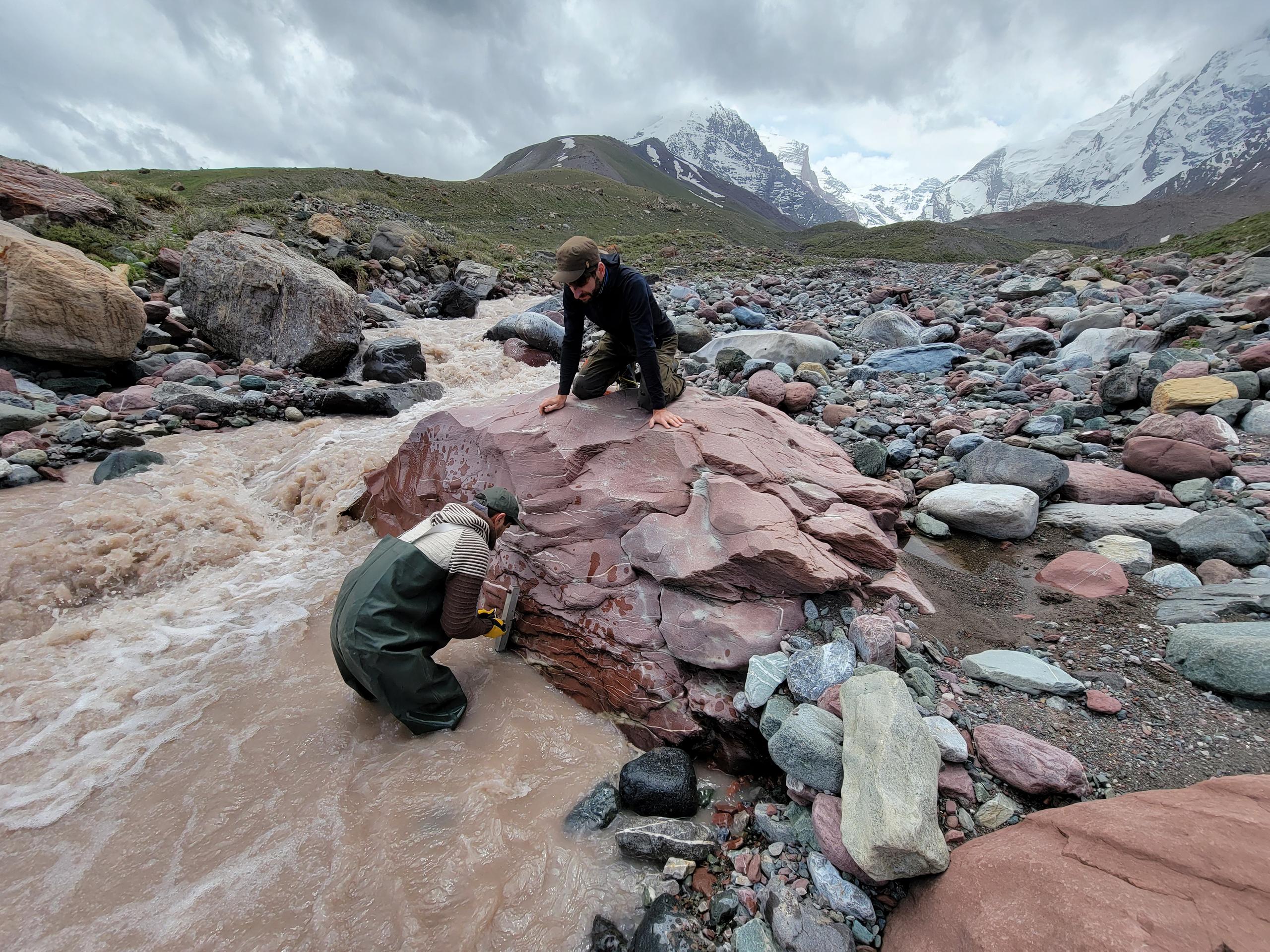
More
Swiss researchers want to unravel the mystery of the Pamir glaciers
Will the decline of glaciers, a recurrent phenomenon throughout Earth’s history – albeit over longer periods – have a negative impact on our future? It’s hard to say. It certainly forces us to prepare for new scenarios.

More
Melting Swiss glaciers to fuel conflicts over water
In Switzerland, one such scenario is the increased risk of natural disasters such as floods, debris flows and landslides. The lakes that form inside glaciers risk suddenly spilling downhill, wiping out villages and infrastructure.
And with the thinning of the ice and the permafrost layer, the mountains are becoming less stable. Images of the subsidence of the Alpine slopes are revealing.

More
Breakthrough Swiss research decodes thawing permafrost
In Switzerland, glaciers that are considered to be dangerous are constantly monitored. In addition to helicopter flyovers and field inspections, researchers use the latest technology. High-resolution cameras, radar, acoustic sensors, ice vibration detectors and satellite images make it possible to record every tiny movement.
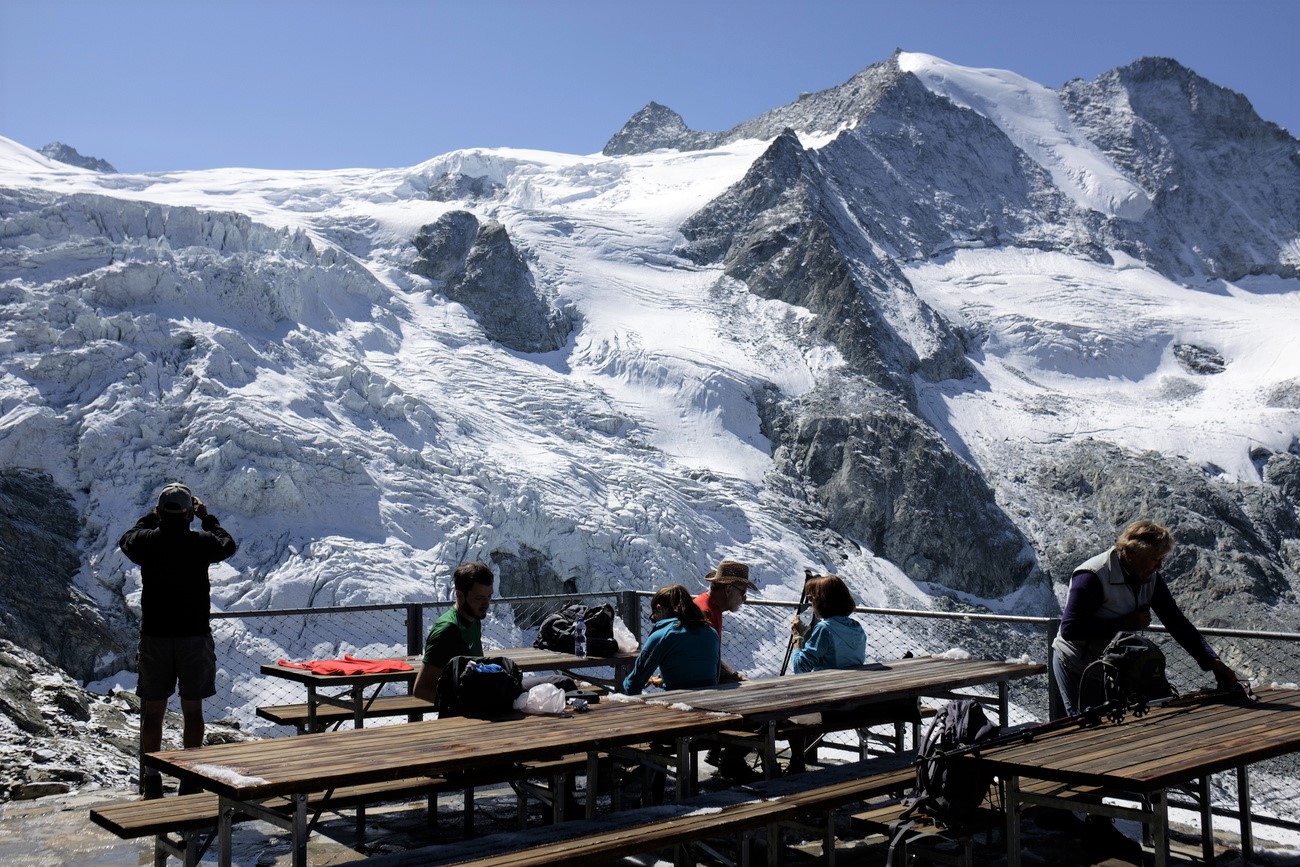
More
Switzerland’s dangerous glaciers under close surveillance
With the melting of glaciers, Switzerland is also losing a major water reserve, estimated to contain enough drinking water for the Swiss population for 60 years.
Of course, Switzerland will continue to have enough water, even if its population rises from the current 8.5 million to ten million in 2050. However, the country is not sheltered from water shortages locally and at certain times of the year and is therefore setting up a national drought system.

More
Why water-rich Switzerland needs to monitor droughts
The creation of multipurpose storage basins in the mountains, in areas free from ice, could offer new opportunities for hydroelectric production and agriculture. According to a scenario drawn up by the ETH and the Swiss Federal Institute for Forest, Snow and Landscape Research, the complete melting of the glaciers could generate 683 new lakes in the Alps.
In Valais, a project, unique in Switzerland, plans to collect and store snowmelt water in an existing reservoir. The water would then be used during the summer to irrigate vineyards and fields.

More
A Swiss wine village experiments with solutions to water scarcity
The situation in Europe could be more problematic, especially in regions located hundreds of kilometres from the Alps. Due to the lower contribution of melting snow and glaciers, the flow of large European rivers – the Rhône, Rhine, Danube and Po – could decrease considerably in the summer months. The following article illustrates how to reconcile divergent needs to avoid conflicts around water use.

More
How to prevent conflicts over water in the middle of Europe
To preserve this heritage of national importance that has helped make Switzerland known worldwide, scientists have undertaken a race against time. On the Morteratsch glacier in canton Graubünden in eastern Switzerland, a project has been launched to protect the glacier with artificial snow; a system that, if successful, can also be used in the Himalayas and the Andes.
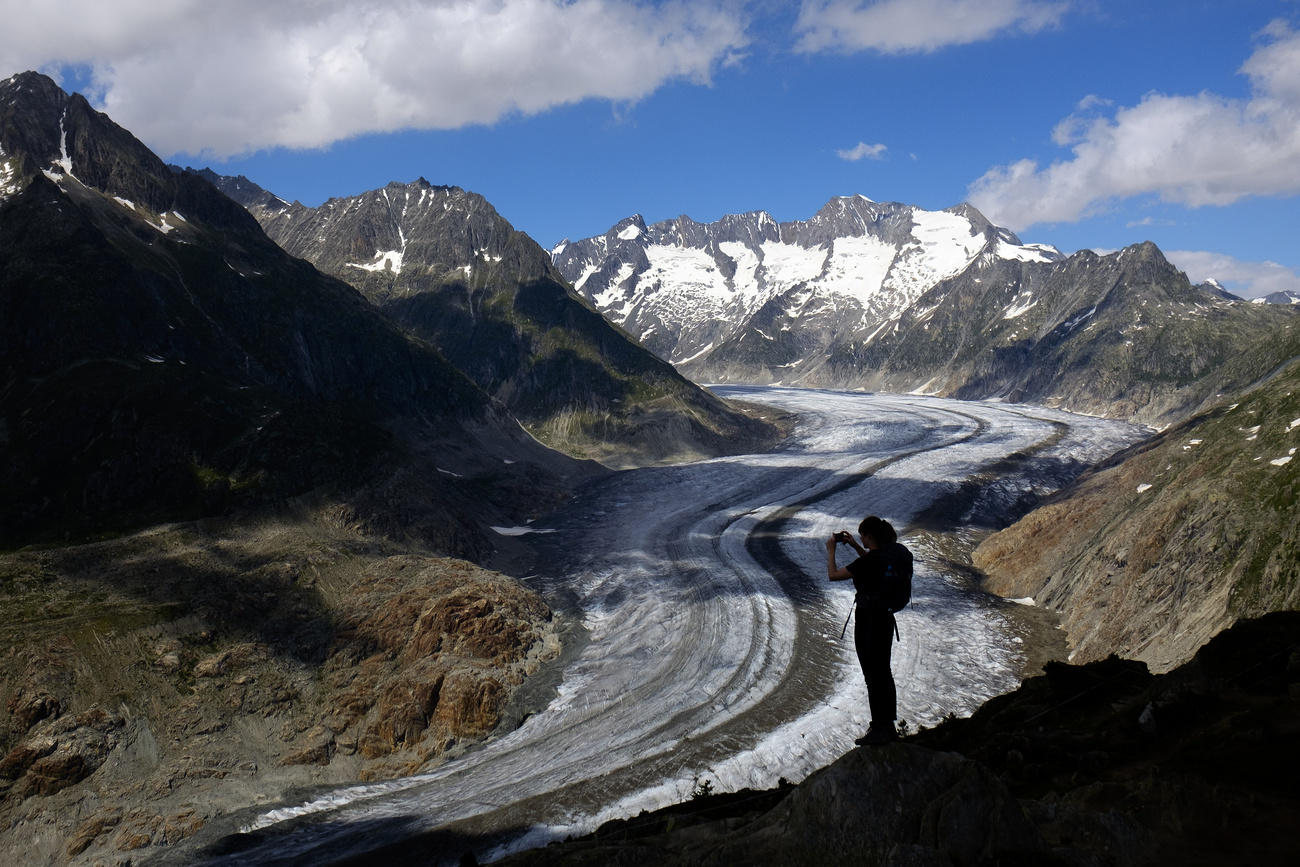
More
Glaciers and the changing landscape in the Alps
In order to slow down the melting of the ice, geotextile sheets are also increasingly used in the Alps. Placed on the glacier, they reflect sunlight and help preserve the snow and ice below. While they can be effective and profitable locally, their wider use is neither feasible nor cost-effective, according to a Swiss study published in 2021.
But science won’t be able to do anything if greenhouse gas emissions continue to rise. In June 2023, the Swiss voters accepted the new climate law that makes it binding to achieve climate neutrality, and thus a net zero emissions, by 2050.
Only the end of the era of fossil fuels will make it possible to preserve at least part of the Alpine glaciers, according to Johannes ‘Hans’ Oerlemans, one of the world’s most influential climate researchers.

More
‘The only way to save glaciers is to stop global warming’

In compliance with the JTI standards
More: SWI swissinfo.ch certified by the Journalism Trust Initiative


